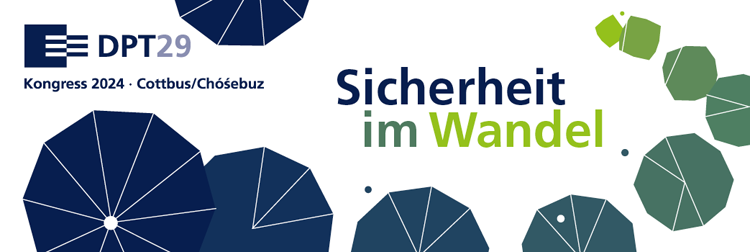Social Fabric: A New Model for Public Safety and Vital Neighborhoods
More news about the topic
In this essay, the authors lay out a model of public safety that shifts away from law enforcement and toward residents and local organizations, supported by access to organized government services, as the primary mode of achieving wellbeing. The old model relied on the surveillance, management, and removal of disadvantaged, marginalized New Yorkers from the city’s streets for a wide variety of low-level violations.
The new model is driven by the ideal of integration, and relies on weaving together a social fabric composed of residents and community institutions, upheld by the social supports that government budgets are intended to nurture. Importantly, the new model rests not on lofty ideals nor on the prevailing political whims of the moment, but on a body of the most rigorous evidence available.
The report focused on setting a blueprint for New York City but the authors said their proposals were applicable to other U.S. cities grappling with the aftermath of a summer of protests over police misconduct and the financial blows caused by the pandemic.
The model was developed in the frame of the Square One Project at the Columbia Justice Lab, which aims to “reimagine justice and create a pathway for reckoning in our country.”
www.praeventionstag.de

